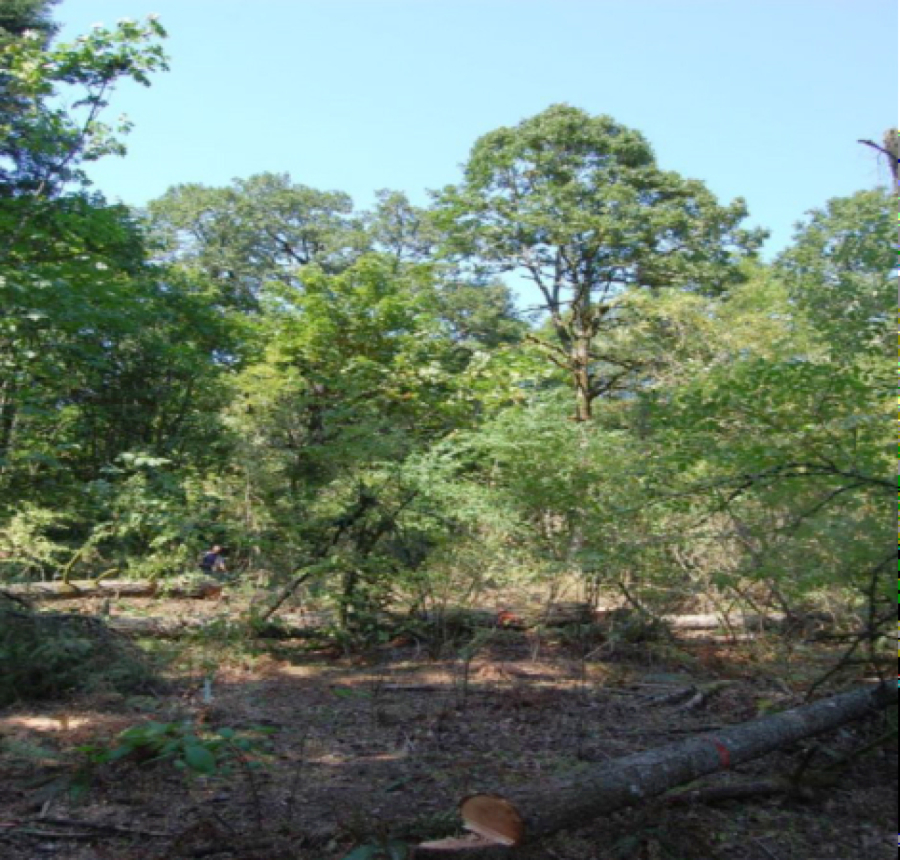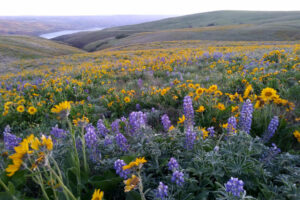For the past two decades, an inconspicuous nature preserve in the Columbia River Gorge has protected rare plants, Oregon white oaks and animals imperiled by rapidly disappearing habitats.
Now, the Washington Department of Natural Resources is developing a plan to preserve the Washougal Oaks Natural Area itself.





